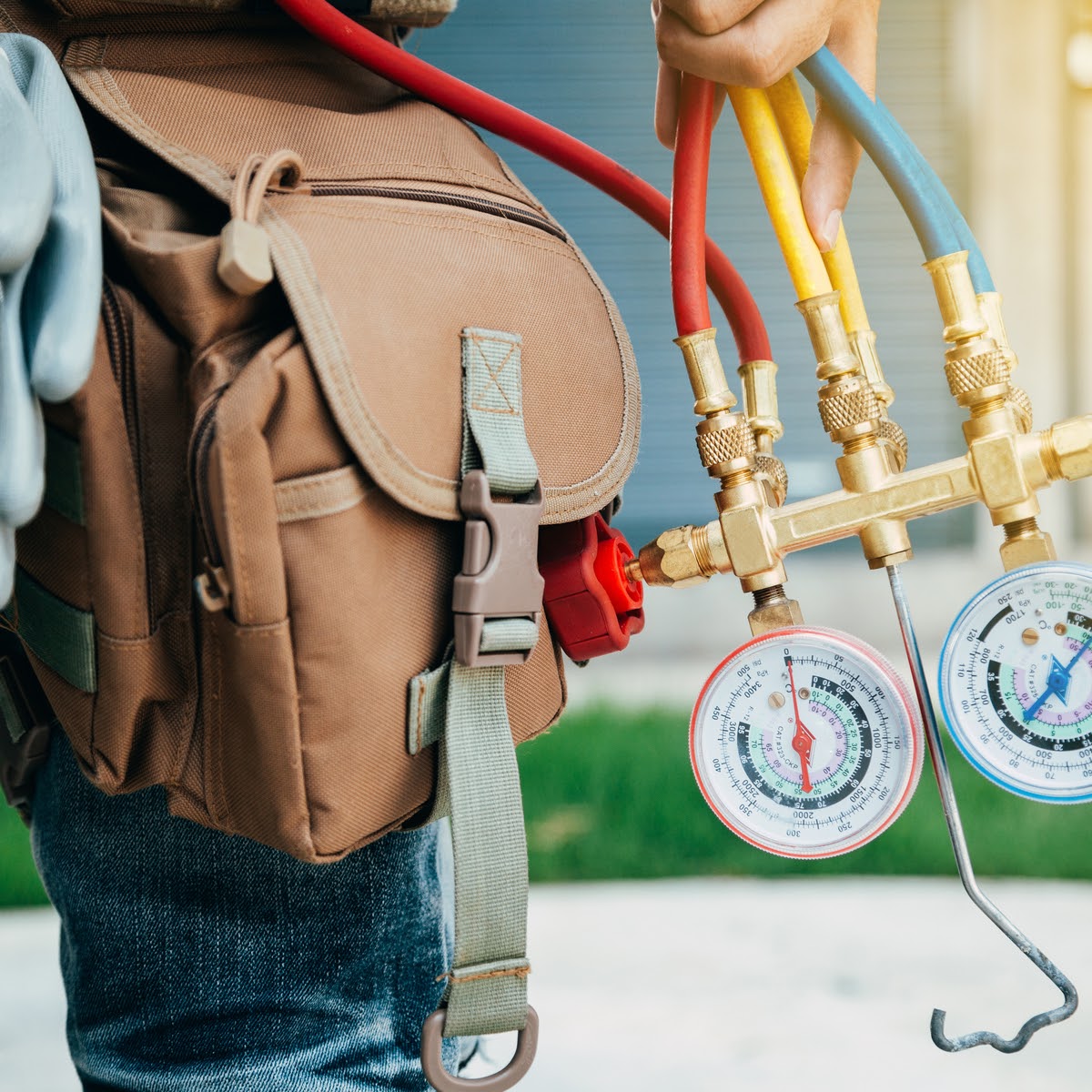
It’s that time of year again. Birds are singing, the weather’s warming up, and winter is finally coming to an end. For your facility, this means it’s time to turn on your HVAC system. For most facilities, the HVAC systems have not been used for months to provide any cooling. To keep the systems reliable and efficient, it’s important that they are started up properly. Cleaning up, inspecting for any problems, and making sure the controls are set properly are the three keys to successful HVAC system activation.
Related: Signs Your HVAC Needs Repair
Clean Up
Before activating your HVAC system, the simplest and most important thing to do is to clean up around the system. Over the winter, debris can build up on and around the HVAC system. Coils and filters can become clogged, which greatly reduces their efficiency and can shorten the service life of the equipment.
Related: Do You Know How to Clean Air Filters
Start by inspecting all outdoor condensing units. Ensure that the unit has at least two feet of clearance on each side. If any debris (like trash or leaves) is present, clean it up so that it won’t get pulled into the condenser coils when the HVAC system is turned on. If your facility is surrounded by potential sources of coil clogging, like cottonwood, keep this in mind and ensure that a preventative maintenance plan is in place to keep the units clean throughout the cooling season.
Check the filters on all indoor units. Keeping filters clean is an easy way to ensure that the system performs as designed. Cleaning out the ductwork is also a great way to increase indoor air quality. Supply fans can build up with dust and other contaminants. Cleaning the fans off not only increases indoor air quality, but will boost the system’s efficiency too.
Related: How to Improve IAQ
Inspect
While you are cleaning up your HVAC system, there are some key components that you may want to inspect. Insulation on suction lines, drain lines, and ductwork must be in good shape. Not only does poor insulation lead to reduced efficiency, but water can condense on cold ductwork and refrigerant lines. Over time, this liquid water can drip where it’s not supposed to and lead to much bigger and more expensive problems. Repairing water damage or mold buildup is significantly more difficult than fixing poor insulation.
Leaking ductwork can also lead to problems. Inspect your facility’s system for any air leaks in the ductwork. Check out air handling units (and any rooftop units) for leaks as well. Tightening bolts or adjusting seals will often fix air leaks, but foil tape can be used to quickly patch any problem areas as well until a better solution is found.
Controls
Even the best performing HVAC system is only as good as the control system operating it. At the very least, your facility should be using programmable thermostats so that the setpoints can be programmed to change at night and on weekends. Using a building automation system (or other, more sophisticated control systems) can lead to a lot more insight into how your facility is operating.
To maximize efficiency and keep your facility operating well, temperature and humidity setpoints should be set to optimize performance and energy efficiency. If your system uses a heat pump where the compressor can provide either heating or cooling, make sure that it is switching modes properly. Ensure that when it is switched to cooling mode, the unit is running properly and cool air is coming out of the ductwork.
Getting your HVAC system activated and in good condition before it gets hot will save you a lot of headache down the road. Energy savings and increased reliability are just two of the reasons to inspect your cooling system early. If you need assistance with your HVAC system activation, the experts at Tate are here to help.
